ZOO (Day 10 - part 2)
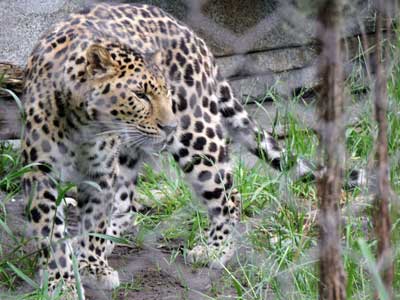

The Amur leopard is native to southeastern Russia and northern China.
It is listed as Critically Endangered. In 2007, only 19 to 26 wild leopards were estimated remaining. In 2021, it was reported the population was about 110 individuals. The species first arrived at the zoo in 2011. Supposedly two cubs were recently born here but we didn't see them.


The exhibits were very up close and personal!






We often got to drive along back roads where regular tourists couldn't go.


Elephant Care Center is where zookeepers can easily watch and care for the animals. By bribing them with treats, the elephants voluntarily enter the stalls to get examined and have blood drawn.


The California condor is a New World vulture and the largest North American land bird (with a 9.8 foot wingspan). It became extinct in the wild in 1987 when all 22 remaining individuals were captured. Thanks to breeding programs, chicks were eventually released back into the wild and the population has climbed to around 500. They can live up to 60 years.

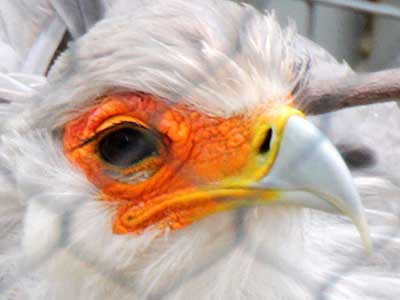
The secretary bird is a African bird of prey. It spends most of its time on the ground in the open grasslands and savanna of the sub-Saharan region. Adults hunt in pairs of small familial groups, stalking insects, rodents, frogs, lizards, venomous specie, small tortoises and birds. They will sometimes even prey on larger mammals such as hedgehogs, mongooses, polecats, hares, cheetah cubs and young gazelles.

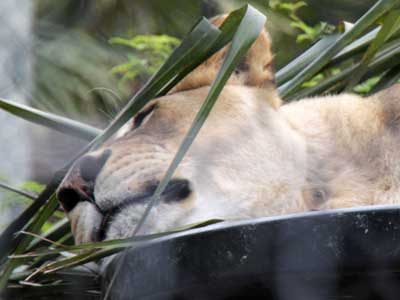
Ernest and Miss Ellen are siblings. They were born as part of a litter of four cubs in the Safari Park in 2014. Their father is Izu, the longtime patriarch of the pride. They are both neutered since the park already has enough breeding lions. It took them a while to adapt to their new enclosure here. At first, Ernest didn’t roar. At the Safari Park, he was probably wasn't allowed to because his father was dominant. But here, being the only male lion, he's starting to roar daily.
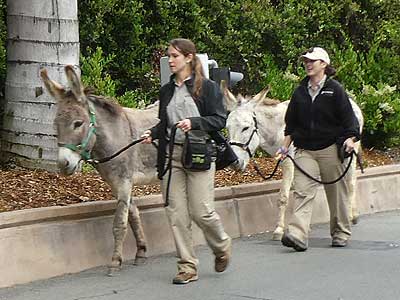

Taking the donkeys Cabrillo and Balboa on a walk ... The little klipspringer again
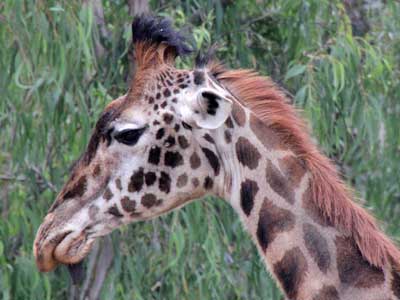

The giraffe is the tallest living terrestrial animal. Different species can be distinguished by their fur coat patterns. A giraffe must sleep with head up or it would pass out. Therefore it can only sleep in 30 second to 2 minute intervals.


American or Caribbean flamingos (dark pink) mingle freely with Greater flamingos (light pink).


A zebra ... and an Indian crested porcupine. This rodent is native to southern Asia and the Middle East. Quills are modified hairs made of keratin. Each quill is connected to a muscle at its base, allowing the porcupine to raise them when threatened. The longest ones can grow up 20 inches long.


The cheetah is the fastest land animal, capable of running up to 65 mph! Although he looks a bit goofy here!

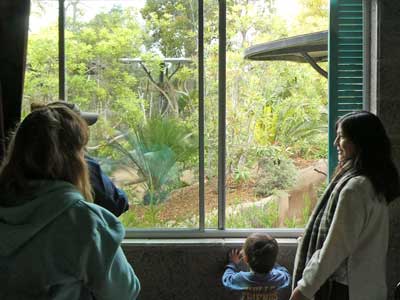
For the final part of the tour, we got to enter the koala education center.


Being marsupials, koalas give birth to underdeveloped young that crawl into the mother's pouch, where they stay for six to seven months. They are fully weaned around a year old.


We continued our exploration of the zoo, starting with the reptile house.


The Banded king cobra in southern Asia is the largest venomous snake in the world, reaching up to 18 feet long. It mostly eats other snakes but also will eat lizards and rodents.


The Catalina Island rattlesnake has no rattle because it sheds it each time it sheds its entire skin. It is now facing possible extinction. ... A type of pit viper
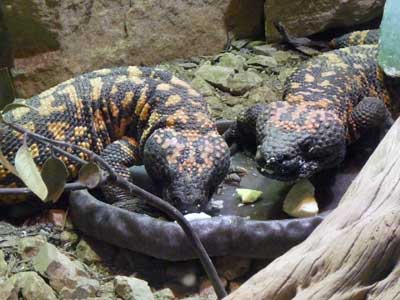

Gila monsters, sound in the U.S. southwest, are also venomous.


(left) A blue tree monitor lizard
We then hopped on the Skyfari, an overhead gondola lift that goes from one side of the zoo to the other which provided excellent aerial views. It was built in 1969 by a tramway company from Switzerland.


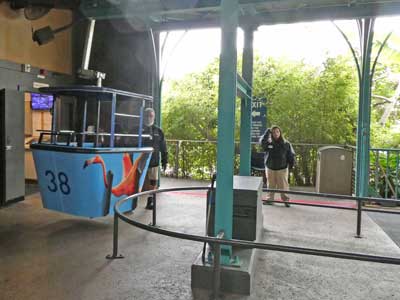




return • continue

